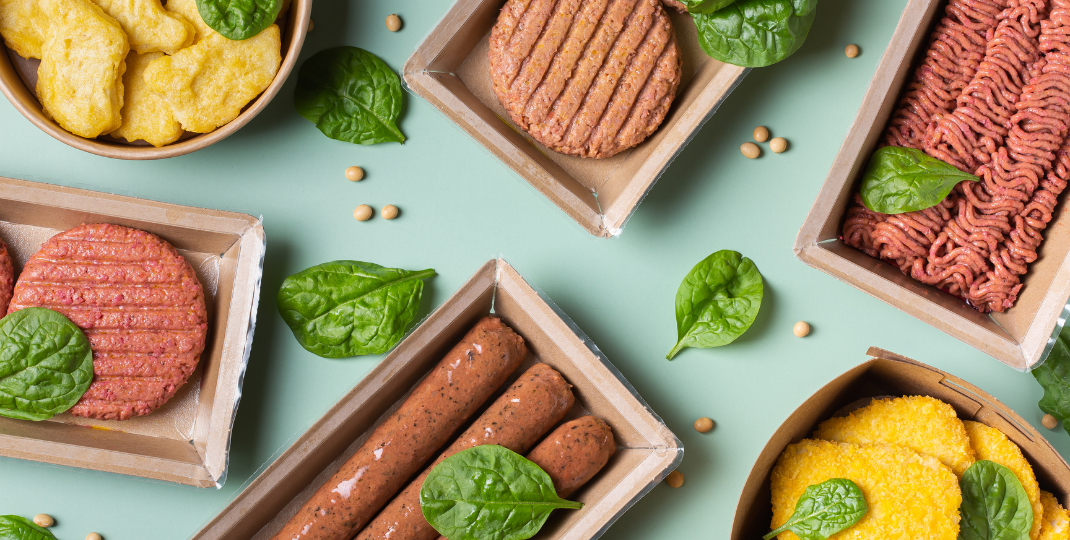Algae are considered a promising source of renewable energy due to their high lipid content, which can be converted into biofuels. However, extracting these lipids from algal cells can be challenging due to the tough cell walls that protect them. Various methods have been developed to disrupt these cell walls and release the valuable lipids, with the goal of maximizing efficiency and yield. In this article, we will explore the most efficient methods for disrupting algal cell walls to release lipids, including mechanical, chemical, and biological approaches, as well as their advantages and disadvantages in the context of biofuel production.
Examining the Efficiency of Physical Disruption vs. Chemical Disruption Methods for Breaking Down Algal Cell Walls
Physical disruption methods, such as sonication or high-pressure homogenization, are generally considered to be more efficient than chemical disruption methods for breaking down algal cell walls. This is because physical techniques directly apply mechanical force to the cells, causing them to rupture and release their contents. In contrast, chemical methods rely on the use of harsh chemicals that may not always effectively break down the tough cell walls of algae. Additionally, physical disruption methods typically result in higher yields of intact intracellular components, making them preferred for applications such as extracting bioactive compounds or proteins from algae.

How do different types of algal species vary in their susceptibility to disruption methods for releasing lipids from their cell walls?
Different types of algal species vary in their susceptibility to disruption methods for releasing lipids from their cell walls due to differences in their cell wall composition, size, and structure. Some algal species have thicker, more rigid cell walls that are harder to break down, while others have softer, more easily disrupted cell walls. Additionally, the lipid content and location within the cell can also impact susceptibility to disruption methods. Certain algal species may have higher lipid content stored in specific compartments within the cell that require specialized techniques for extraction. Overall, understanding these variations in cell wall structure and lipid distribution is crucial in determining the most effective method for releasing lipids from different algal species.
Are there specific enzymes that can effectively break down algal cell walls to release lipids without damaging the lipid molecules?
Yes, specific enzymes known as lipases have been identified as effective in breaking down algal cell walls to release lipids without damaging the lipid molecules. Lipases are capable of hydrolyzing ester bonds in triglycerides, which are the main components of lipid molecules, allowing for the efficient extraction of lipids from algal cells. These enzymes are widely used in biofuel production and biotechnology applications for their ability to selectively target and release lipids from various sources without causing degradation or loss of the valuable lipid molecules.
What role does the composition of algal cell walls play in determining the most efficient disruption method for releasing lipids?
The composition of algal cell walls, specifically the presence of rigid polysaccharides such as cellulose and hemicellulose, can significantly impact the efficiency of lipid extraction methods. These complex structures can act as physical barriers that make it difficult for solvents or enzymes to penetrate and release lipids from the cells. Therefore, disruption methods that are able to break down or weaken these cell wall components, such as mechanical shear forces or thermal treatments, may be more effective in releasing lipids compared to methods that rely solely on chemical or enzymatic treatments. Understanding the composition of algal cell walls is crucial in determining the most efficient disruption method for extracting lipids from algae for various applications such as biofuel production or pharmaceuticals.
Enhancing lipid extraction efficiency from algal cells through combining multiple disruption methods
Combining multiple disruption methods, such as physical and chemical methods, for lipid extraction from algal cells can enhance efficiency by targeting different components of the cell wall and membrane. Physical methods like sonication or bead beating can break down the cell structure, while chemical methods like solvent extraction can help solubilize lipids. By using a combination of both approaches, researchers can achieve higher yields of extracted lipids as the synergistic effects of the different methods work together to disrupt the cells and release the lipids more effectively. Additionally, this approach can also help reduce processing time and energy consumption compared to using a single method alone.

How does the size and structure of algal cells impact the effectiveness of various disruption methods for releasing lipids?
The size and structure of algal cells play a crucial role in determining the effectiveness of various disruption methods for releasing lipids. Larger algal cells with thicker cell walls may require more energy-intensive and complex disruption methods, such as high-pressure homogenization or ultrasonication, to effectively release lipids. On the other hand, smaller algal cells with thinner cell walls may be more easily disrupted using simpler methods, such as mechanical grinding or bead milling. Additionally, the composition of the cell wall, such as the presence of polysaccharides or proteins, can also impact the efficiency of lipid extraction methods by hindering access to the lipid content within the cell. Overall, understanding the size and structure of algal cells is essential for optimizing lipid extraction methods and improving overall lipid yield.
Are there novel technologies or techniques that have yet to be explored for disrupting algal cell walls to release lipids more efficiently?
There are several potential novel technologies and techniques that have yet to be fully explored for disrupting algal cell walls to release lipids more efficiently. These include the use of high-pressure homogenization, ultrasonic disruption, enzymatic hydrolysis, and mechanical methods such as bead milling or microfluidization. Each of these approaches has the potential to improve lipid extraction efficiency by breaking down the tough cell walls of algae more effectively than traditional methods, ultimately leading to higher yields of valuable lipids for use in biodiesel production or other applications. Further research and development in this area could lead to significant advancements in the field of algal biofuel production.
What are the potential drawbacks or limitations of using certain disruption methods for releasing lipids from algal cells, and how can these be overcome?
One potential drawback of using certain disruption methods, such as mechanical or chemical methods, for releasing lipids from algal cells is that they can be harsh and may lead to degradation of the extracted lipids. This could result in lower yields and reduced quality of the extracted lipids. To overcome this limitation, alternative disruption methods, such as enzymatic or ultrasound-based techniques, can be used which are gentler and more specific in targeting the cell walls of algal cells. These alternative methods can help to improve lipid extraction efficiency while minimizing damage to the extracted lipids. Additionally, optimizing operating parameters such as temperature, pressure, and duration of disruption can also help to enhance lipid extraction efficiency and quality.
The most efficient method for disrupting algal cell walls to release lipids
In conclusion, the most efficient method for disrupting algal cell walls to release lipids is through a combination of physical and chemical methods. Ultrasonication, bead beating, and enzymatic treatments have all shown promising results in breaking down cell walls and releasing lipids from algal cells. By utilizing these methods in tandem, researchers can effectively extract lipids from algae for use in biofuel production and other applications. Continued research and optimization of these techniques will be crucial in advancing the efficiency and sustainability of algal lipid extraction processes.
